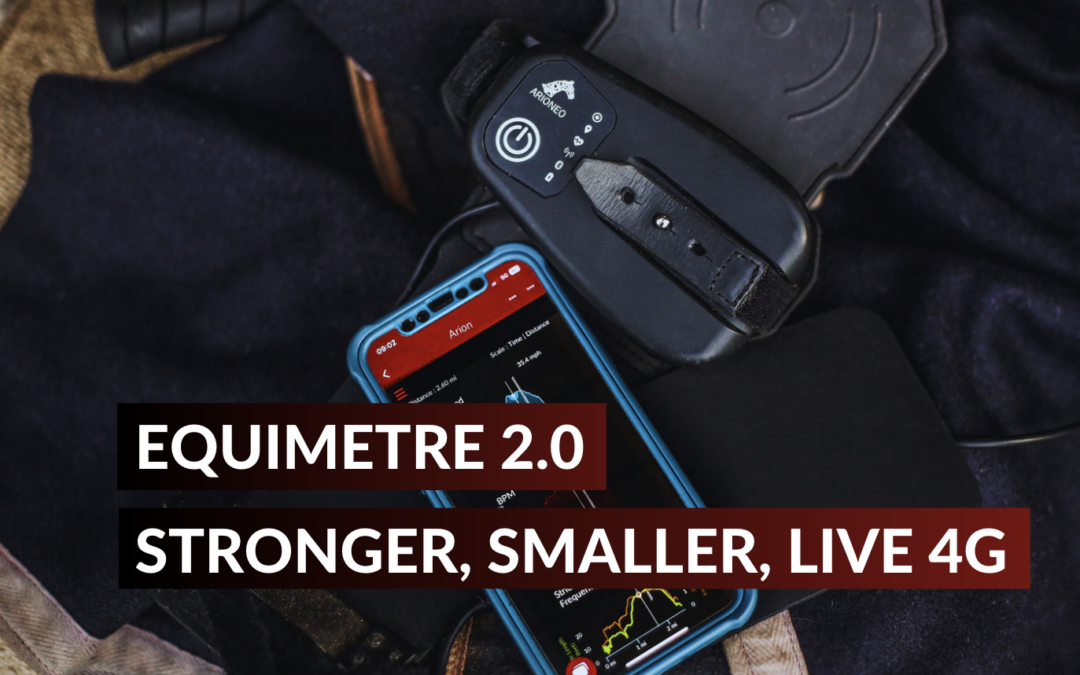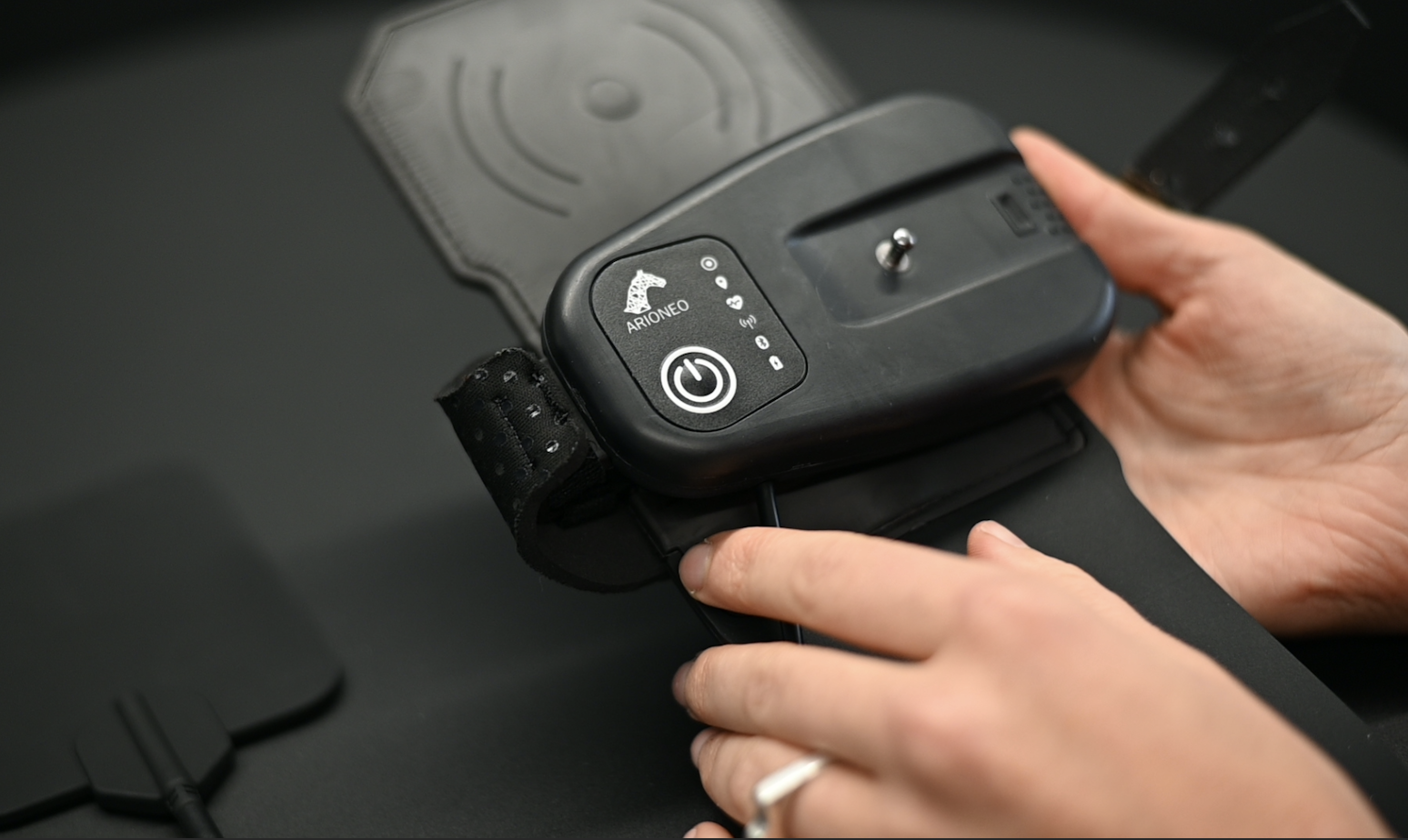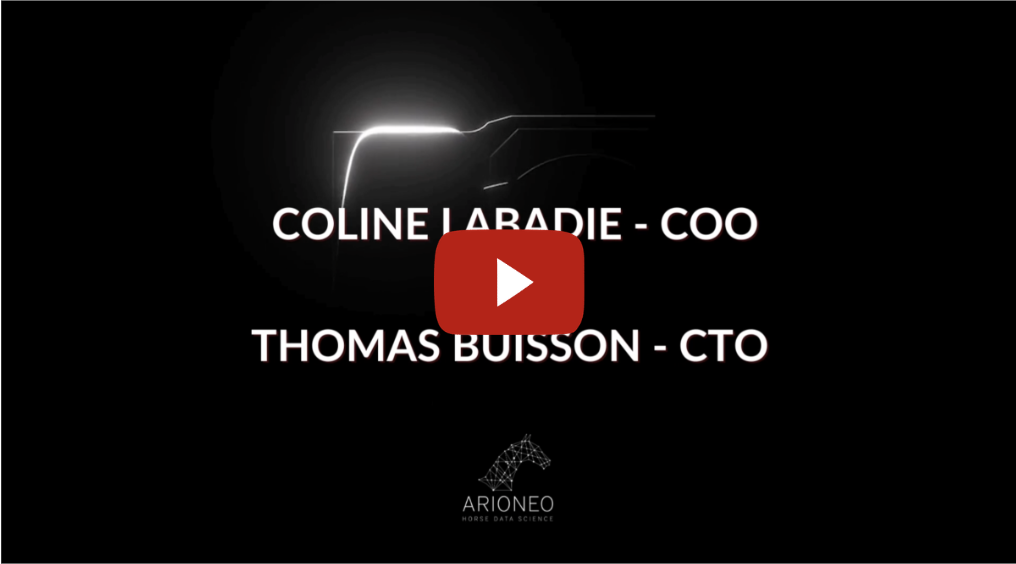To celebrate the launch of Equimetre 2.0, the latest version of our sensor, we conducted interviews with Coline Labadie, Arioneo’s Chief Operation Officer, and Thomas Buisson, Arioneo’s Chief Technical Officer. The purpose of these interviews is to explain all the modifications implemented in version 2.0, along with the progress and enhancements achieved based on valuable customer feedback.
What was the motivation behind launching and developing Equimetre 2.0?
We observed that certain customers encountered brittleness in specific parts of the sensor, especially at the junction between the rubber plate and the device. Additionally, we faced challenges in reading veterinary chips implanted in horses’ necks. Hence, our decision to develop version 2 of the sensor aimed at enhancing its robustness and addressing these issues.
Could you provide additional details regarding all the physical modifications made to the sensor?
To enhance the sensor’s durability, we concentrated on three key aspects:
- Part design
- Manufacturing methods employed for sensor production
- Selection of materials used
These improvements will not only enable us to increase production significantly but will also serve as a major asset for us in the future. The challenge in our industry lies in dealing with cutting-edge technology while working with 500-kilo horses in environments that are far from “tech friendly”.
In terms of robustness, a major challenge in the field, could you provide details about all the enhancements that have been implemented?
We have a rubber plate that integrates the RFID chip reader, the veterinary chips, and the patented electrode, allowing us (being the sole providers in the market) to capture a very high-quality ECG. Initially, this part was over-molded, where we placed an antenna, cables, and electrode in a mold and injected plastic all around. The drawback of this technology is that the internal cables have no soft. Therefore, we redesigned the system and opted for two plates with a seam between them to provide the cable with more flexibility, allowing for some soft.
At present, we have the ability to reposition the elements while maintaining flexibility in the cables, preventing any breakage of solds or cable fractures. Additionally, we have reinforced the parts in the most stress-prone areas and introduced rigid components to safeguard the sensor’s delicate zones, particularly the junctions between various elements and cables.
All these enhancements were implemented with the goal of preventing any potential harm to horses. We included neoprene foam protection to safeguard sensitive areas from friction, especially around the horse’s shoulders.
Therefore, we are confident today to announce that this solution is robust, reliable, and comfortable for the horse.
Are there any new features inside the sensor?
It is important to seamlessly integrate into everyday use. We aimed to minimize any disruption to both the rider and the horse, so we reduced the dimensions of this device. Internally, the electronic board has been updated.
The significant innovation of this Equimetre 2.0 is the addition of a 4G modem, enabling us to transmit data live worldwide in real-time. In practical terms, you could be in Paris and watch your horse training live in the United States.
Regarding the testing process, how do we put Equimetre 2.0 to the test in the field?
For several months, we have been engaged in the development of these solutions. Recently, we deployed Equimetre, incorporating electronic cards and new software. The aim is to enable our beta testers to provide initial feedback on the experience of using live data transmission.
We have deployed these solutions globally to assess the network coverage quality in various situations.
No breakage, no injuries, and tons of data have already been sent live to our servers.
Key words: equimetre 2.0, testimonial, robustness, innovation, sensor, evolutions.



